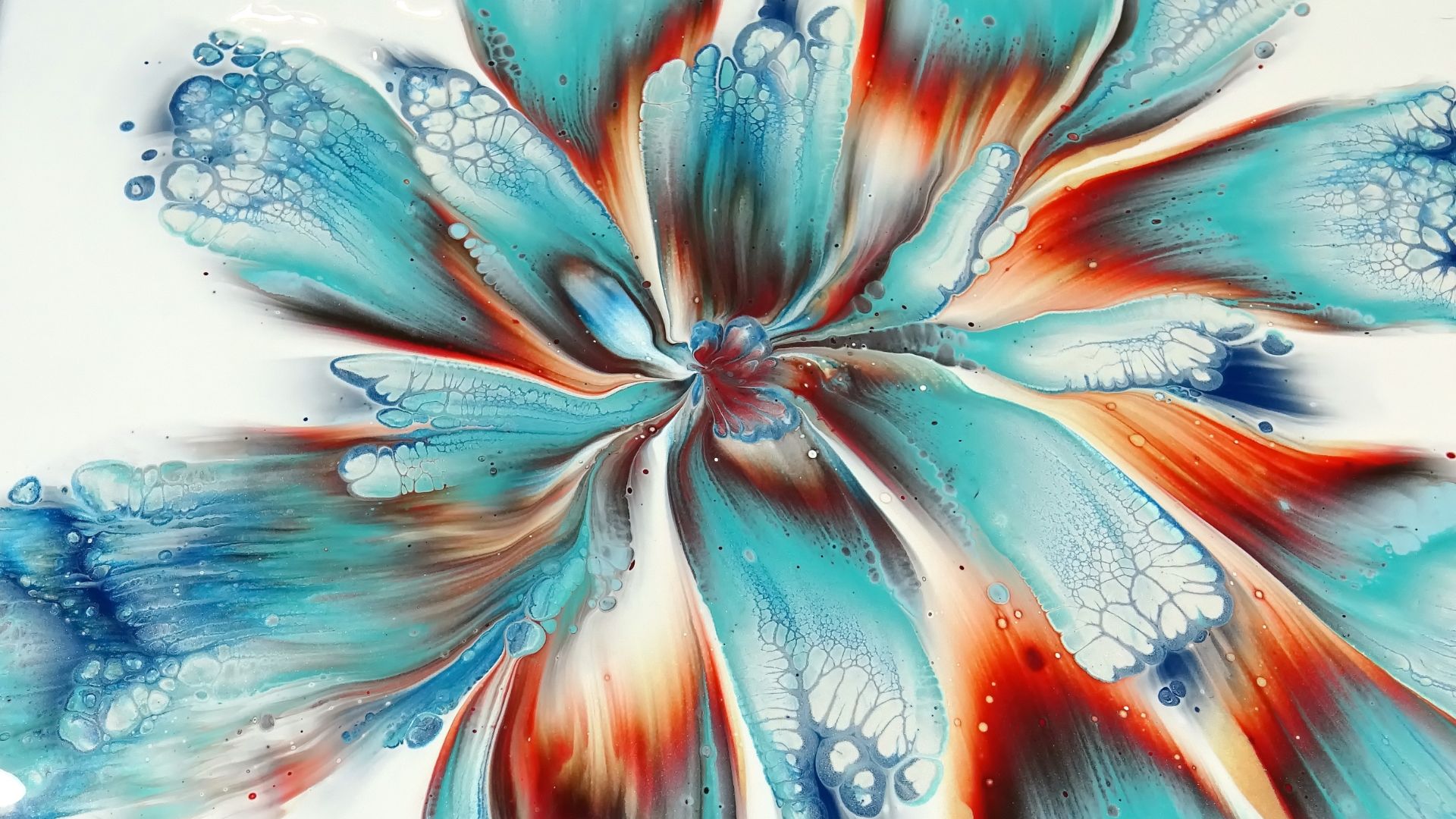When it comes to art, the canvas is a blank space waiting to be transformed into something beautiful. One common query among budding artists is whether it’s okay to use different colors of wall paint for their canvas creations. Let’s dive into this intriguing aspect of artistic expression.
Understanding Paint Types
Artists typically use acrylic, oil, watercolor, and other specialized paints designed explicitly for artistic endeavors.
Wall paint, on the other hand, is specifically formulated for walls, offering durability and coverage. But does that mean it can’t be used for canvas?
Wall Paint on Canvas: Pros and Cons
Using wall paint for canvas art isn’t uncommon, especially for those exploring different mediums. Here are a few considerations:
Pros:
- Cost-Effective: Wall paint is often more affordable and available in a wide range of colors.
- Variety of Finishes: Satin, matte, gloss the variety of finishes in wall paint can add interesting textures to your artwork.
- Durability: Wall paint is designed to withstand wear and tear, potentially adding longevity to your piece.

Man Mixing Paint and Painting on a Mini Canvas Outdoors
Cons:
- Color Consistency: Achieving consistent color and texture might be challenging due to the paint’s thickness and formulation.
- Artistic Limitations: Wall paint may not blend or react the same way traditional art paints do, limiting some artistic techniques.
- Longevity and Archival Quality: Wall paint might not have the same archival quality as artist-grade paints, potentially affecting the longevity of your artwork.
Experimentation and Safety
Before diving into a masterpiece, it’s crucial to experiment. Test how wall paint behaves on a small canvas, observing its drying time, texture, and color blending. Additionally, ensure proper ventilation and consider safety measures, as some wall paints might contain chemicals not ideal for artistic use.
So, …
Mixing different colors of wall paint for canvas art is an exploration of creativity. While it might offer cost-effective options and unique textures, it comes with its own set of challenges. For serious artists seeking longevity and archival quality, investing in artist-grade paints is recommended.
In the world of art, experimentation knows no bounds. If you’re curious and adventurous, using wall paint on canvas could be your gateway to discovering unconventional artistic expressions.
So, can you mix different colors of wall paint for canvas? Absolutely! It’s about exploring, experimenting, and embracing the journey of creativity in your own unique way.
External Resources:
- Acrylic Painting Techniques: A Beginner’s Guide – Learn various techniques to elevate your acrylic painting skills.
- Understanding Oil Paints – Dive deeper into the world of oil paints and their characteristics.
- Watercolor Basics – A comprehensive guide to understanding and mastering watercolor painting techniques.
Delving further into this intriguing topic opens up a realm of possibilities for artistic expression.
Exploring Wall Paints for Canvas Art: Tips and Techniques
Understanding Color Mixing
When mixing wall paint for canvas art, understanding color theory is paramount. Wall paint colors might behave differently when mixed compared to artist-grade paints. Experimenting with primary colors (red, blue, yellow) and understanding their interactions can help you create a broader spectrum of hues.
Tools and Preparation
Using wall paint on canvas requires some adjustments. Here are a few tips:
- Thinning the Paint: Wall paint tends to be thicker. Dilute it with water or a medium to achieve the desired consistency for canvas painting.
- Surface Preparation: Prime your canvas with a gesso layer to create a smoother surface for paint application.
- Blending and Layering: Work quickly as wall paint may dry faster. Experiment with layering colors and blending techniques to create depth and texture.
Embracing Creativity
The beauty of art lies in its diversity and experimentation. Mixing different colors of wall paint allows you to create unique textures and effects. For instance, using a sponge or palette knife with wall paint might result in captivating textures and patterns on your canvas.
Safety Considerations
While exploring wall paint for canvas art, prioritize safety. Some wall paints contain chemicals not suitable for prolonged skin exposure. Ventilation and protective gear like gloves are advisable when working with these paints.
Longevity and Preservation
Considering the archival quality of your artwork is crucial. While wall paint offers immediate vibrancy and affordability, its longevity might be compromised compared to artist-grade paints. If preserving your artwork for generations is a priority, investing in quality art paints is advisable.
Conclusion
Using wall paint for canvas art is an adventure in creativity. It offers affordability, diverse finishes, and unique textures, but it also presents challenges in color consistency and archival quality. However, for exploratory and experimental artworks, it’s an excellent medium to test boundaries and create distinctive pieces.
Art knows no boundaries, and the thrill of innovation lies in trying new things. So, whether you’re mixing wall paint or traditional artist-grade paints, let your creativity flow and your canvas become a testament to your artistic journey.
External Resources:
- Color Mixing Guide for Artists – A comprehensive guide on mixing colors for various painting mediums.
- Canvas Preparation Techniques – Learn about preparing your canvas for painting to enhance the longevity of your artwork.
- Safety Measures for Artists – Understand safety precautions and health measures for artists working with different mediums.
Comparison tabular
| Aspect | Wall Paint for Canvas Art | Artist-Grade Paint |
|---|---|---|
| Cost | Economical | Higher cost |
| Color Range | Wide range of colors available | Extensive color options |
| Texture & Finish | Various finishes (matte, gloss, etc.) | Consistent texture & quality finishes |
| Consistency | May have inconsistent texture and color | Consistent texture and color quality |
| Durability | Good durability on canvas | High archival quality |
| Artistic Techniques | Limited in terms of blending and techniques | Allows for various blending and painting styles |
| Longevity | May lack long-term archival quality | Excellent archival quality for longevity |
| Availability | Easily accessible in hardware stores | Specialized art supply stores and online |
| Safety | Some contain chemicals not ideal for art | Formulated for artistic use, safer to handle |
This table provides a simplified comparison between wall paint and artist-grade paint, emphasizing their differences in cost, quality, artistic potential, longevity, and safety considerations. Each type of paint offers its own set of advantages and limitations, catering to different artistic preferences and goals.
Wrapping up
As you venture into the world of canvas art, the choice between wall paint and artist-grade paint is a fascinating one.
Wall paint offers affordability, a wide color range, and diverse finishes, making it an enticing option for experimentation. It invites you to explore textures and play with unconventional techniques, allowing for unique artistic expressions.
On the other hand, artist-grade paint ensures consistent quality, archival longevity, and a wider array of artistic techniques. While it might be a pricier investment, its reliability and archival quality make it a preferred choice for serious artists aiming to preserve their creations.
Ultimately, the beauty of art lies in exploration. Whether you choose wall paint or artist-grade paint or even a blend of both let your creativity guide you. Embrace the journey, experiment fearlessly, and let your canvas become a testament to your artistic evolution.
Remember, there’s no right or wrong way in art only the canvas and the colors waiting for your unique touch. So, grab your brushes, mix your paints, and embark on a colorful adventure that reflects your imagination and passion for art.

For over a decade, I’ve been Mike, an artist, crafter, and designer deeply immersed in the Croc world. I thrive on crafting unique, size-inclusive patterns, fostering creativity, and sharing them on ktforum.com. My designs aim to ignite your creative spark and delight you, ensuring clarity and ease of use through rigorous testing. Join me in expressing your creative flair and showcasing your craft with joy.
Related Posts
- Exploring Temporary Art with Wall Paint on Canvas
When it comes to art, experimentation knows no bounds. Have you ever considered using wall…
- Exploring Alternatives to Wall Paint for Canvas Art
When it comes to creating stunning canvas art, wall paint isn't the only option in…
- Exploring the Cost of Wall Paint for Canvas Art: A Comparative Analysis
When diving into the world of painting, choosing the right type of paint can significantly…
- Mixing Wall Paint with Other Types for Canvas Art: Exploring Possibilities
When it comes to creating art, the canvas is your playground, and experimenting with different…

